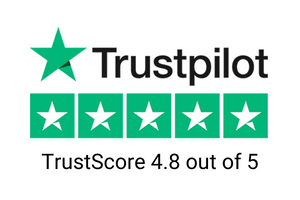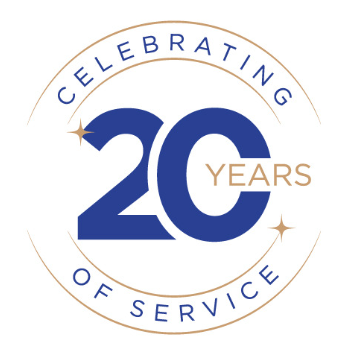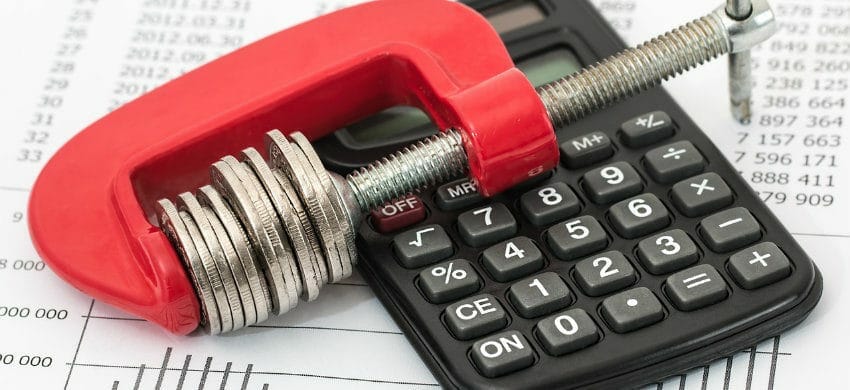WHAT IS THE 50 30 20 BUDGET RULE?
You might of heard about the 50/30/20 budgeting rule. It’s one of many budget suggestions and may work to help you get your spending under control. The basic concept is that you divide your monthly needs, wants and savings or debt up and try to limit each to a specific percentage. It may sound complicated, but it is really very simple.
You would allocate 50% of your monthly income towards your needs, 30% to your wants, and 20% to your savings or debts. Let’s take a look at each category before we get into more budgeting tips.
Speak to one of our debt experts for FREE! Find out all your options.
Needs (50%)
Needs are the things you need for survival. This includes housing, groceries, utilities, car payments, car insurance, and health insurance. You’ll also want to include prescription medications. Minimum payment on debts and bare minimum for clothing are also needs. Take a look at your spending and identify your needs.
Write each need down along with the monthly payment. There are many examples of a need versus want worksheets available online. Be honest as you go through your needs. You can live without cable and a new cell phone. You can’t live without groceries! If it is not a survival need, move it to the wants category.
Wants (30%)
Wants are things that may make your life easier or more pleasant. These might include dining out, alcohol, cable TV and internet, shopping, vacations, memberships and subscriptions, gifts, entertainment and similar expenses.
Write down all your wants and the monthly amount you’ll need to spend on them.
Savings or Debt (20%)
The final category is savings or debt. This category is money that is set aside for future use or to pay down debt more quickly. This money can go into an emergency fund, retirement investments, or towards your debt.
Most experts suggest saving at least 10% of each paycheck. The 20% suggested here will just help you build up your savings account faster or pay off debt faster.
Budget Percentages
Your next step is to write down your monthly income after taxes (your take home pay). Add back in any deductions for health insurance or retirement plans. Subtract your wants and needs spending and record that number as savings/debt.
Now that you have the totals for your wants, needs, and income, you will figure out the percentages for each.
Take your needs total, divide it by your income, and multiply by 100. This will be your percentage spent on your needs. Write down that percentage on the needs sheet. Do the same with wants and savings or debt. Now compare those percentages to the 50/30/20 rule. Your needs should be 50% or less, wants should be 30% or less. Anything left over is considered savings and should total 20%.
A sample 50/30/20 budget
In order to calculate how much money you can allocate to each category. Let’s say you make $5,000 per month after taxes. You would have $2500 to pay for your needs, $1,500 for your wants, and $1,000 to put towards your savings or debt.
Median Monthly Income: $5,000
Needs (50% of $5,000): $2500
Wants (30% of $5,000): $1500
Savings or Debt (20% of $5,000): $1000
Making a Budget
Did you hit all those numbers? Good job! If you didn’t, look at your needs and wants. Your first step is to eliminate some wants. Remember that this may be just temporary until you get your spending under control. Work out what you can cut to get your wants percentage to 20%.
Check out your needs. Is there anything you can cut? Can you decrease spending on clothes, move to less expensive housing or buy a cheaper car? Your goal is to increase your savings so you can work towards being debt free and having a nice nest egg built for emergencies.
Once you have eliminated any over spending, make yourself a budget. For the next few months, live by the new budget and write down every single penny you spend. Start making your budget a priority and keep checking your percentages to make certain that you are staying on track..
Does the 50 30 20 Rule Work for Everyone?
The 50/30/20 budget has some real benefits. It simplifies your budgeting and makes your expenses and savings crystal clear.
For people living in expensive regions, 50% may not cover the living expenses and the 50 30 20 rule might not work for you. Lastly, if you have a higher income, you may want to adjust the percentages to reflect more savings over wants or needs.
What to Do with the 20% Savings
Once you are putting away 20% of your paycheck each month, decide what you want to do with your savings. Remember that you can have multiple savings accounts at most financial institutions or even in online banks. Set up a harder-to-get-to emergency fund and save up $1000. Your goal will be to have at least 3 months of living expenses saved up, but the $1000 is your first goal. Next, set up a debt repayment account. Start saving to make payments above your minimum payments on all debt. You can pay down each debt or pay off one debt at a time. You can also set up retirement/investment savings and work toward an IRA type retirement plan.
Click here to get your FREE Savings Estimate
How to Budget and Manage Your Money
Money is like any other activity – the more time you put into it, the larger the return. Budgeting can be no fun and managing money means you might not be able to splurge on a want. If you invest time into managing your money, you will see a return in either increased savings or decreased debt. There are many budgeting concepts and the 50/30/20 is one very simple one. It may be a perfect solution for you!
But if you find yourself behind on debts payments and unable to afford even the minimum payments, Pacific Debt, Inc can help you.
How Pacific Debt Can Help
Pacific Debt, Inc is one of the leading debt settlement companies in the US. We work directly with your creditors on your behalf in order to reduce your debt, often for substantially less than you owe. Your initial phone call is 100% free, and our debt experts will explain your options so you fully understand them.
Alabama, Alaska, Arizona, Arkansas, California, Colorado, District of Columbia, Florida, Idaho, Indiana, Kentucky, Louisiana, Massachusetts, Maryland, Michigan, Minnesota, Missouri, Mississippi, Montana, North Carolina, Nebraska, New Mexico, New York, Oklahoma, Pennsylvania, South Dakota, Texas, Utah, Virginia, Wisconsin
* Other states can be connected to one of our trusted partners
Pacific Debt, Inc.
If you’d like more information on debt settlement or have more than $10,000 in credit card debt that you can’t pay, contact Pacific Debt, Inc. We may be able to help you become debt free in 2 to 4 years. We have settled over $250 million in debt for our customers since 2002.Pacific Debt, Inc is accredited with the Consumer Debt Relief Initiative (CDRI) and is an A+ member of the Better Business Bureau. We rate very highly in Top Consumer Reviews, Top Ten Reviews, Consumers Advocate, Consumer Affairs, Trust Pilot, and US News and World Report.
✔ Accredited by Better Business Bureau with BBB A+ rating (4.93 rating and 1678 reviews)
✔ US News and World Reports and Bankrate ranked Pacific Debt Relief as one of “The Best Debt Relief Companies of 2024”
✔ 6.9 star rating by BestCompany.com (over 2379 client reviews)
✔ 4.8 star rating by TrustPilot based (over 1613 verified consumer reviews)
✔ ConsumerAffairs.com Accredited (over 544 verified reviews with an average rating of 5 stars)
✔ A Top 10 Rated Compan by TopTenReviews.com , ConsumersAdvocate.com and Top10debtconsolidation.com
✔ 4.6 star rating by Google (229 client reviews)
✔ 100% rating by SuperMoney (9 client reviews)
Reduce Your Credit Card Debt By Up to Half

BBB Reviews | 4.9/5.0 Rating









 Do Not Sell My Personal Information
Do Not Sell My Personal Information